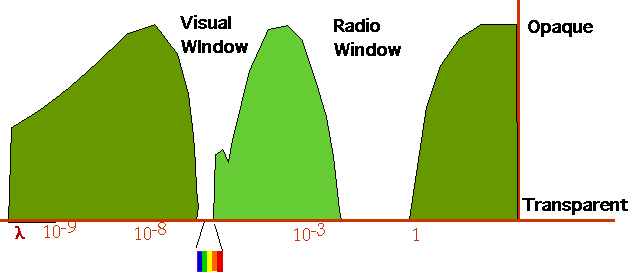The Link between Electricity and Magnetism
Objectives: by the end of this you will be able to- understand the relationship between electricity and magnetism
- be able to relate wavelength and frequency for waves
- Understand what an electromagnetic wave is
- Say how energy is carried in EM waves
- Explain the EM spectrum
- understand how we can communicate with EM waves



















